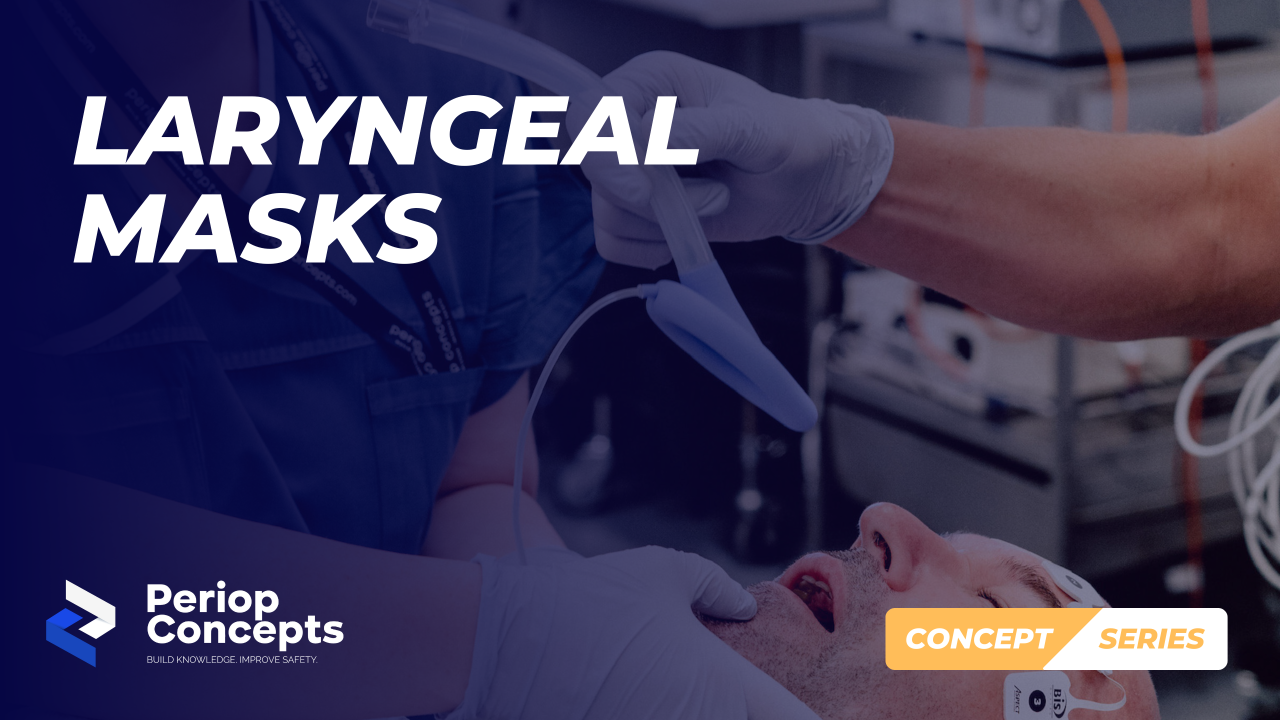Laryngeal mask
Oct 23, 2023
The laryngeal mask airway (LMA) is one of the greatest inventions in anaesthesia in the last 50 years. 🥳
It was first used in 1988, and replaced the need to hold a mask on the patients face for the duration of the anaesthetic. 😅
It is essentially tube attached to an elliptical cushion that acts like a mini-facemask for the laryngeal inlet (hence the name laryngeal mask!)
Here’s what you need to know:
1️⃣ When is it useful?
👉🏻 General anaesthesia in patients who don’t require INTUBATION.
This means there is no “patient” or “surgical” indication for an endotracheal tube.
👉🏻 Rescue oxygenation
During unexpected difficult airway management, the LMA is an important way to provide oxygenation regardless of aspiration risk.
(See Lesson 5 of the Starter Course for more information)
👉🏻 Cardiac arrest/prehospital transfer
LMAs are commonly used by paramedics, and current ALS guidelines support the use of LMAs during CPR.
2️⃣ When it is not useful?
LMAs are not suited to patients who are an aspiration risk (unfasted, reflux etc) or require high ventilation pressures (obesity, steep head down, laparoscopy).
Shared airway surgery (such as ENT) and positions in which it would be difficult to convert to an endotracheal tube (such as prone or lateral) are also important contraindications.
3️⃣ What types are commonly used?
There are 3 main types that are commonly used:
👉🏻 1st Generation (LMA Classic)
👉🏻 2nd Generation (LMA Supreme/Ambu Auragain)
👉🏻 Flexible/reinforced LMA
Keep an eye out for more posts on types of LMAs!
Build knowledge ✅
Improve safety ✅
Stay connected with news and updates!
Join our mailing list to receive the latest news and updates from our team.
Don't worry, your information will not be shared.
We hate SPAM. We will never sell your information, for any reason.


